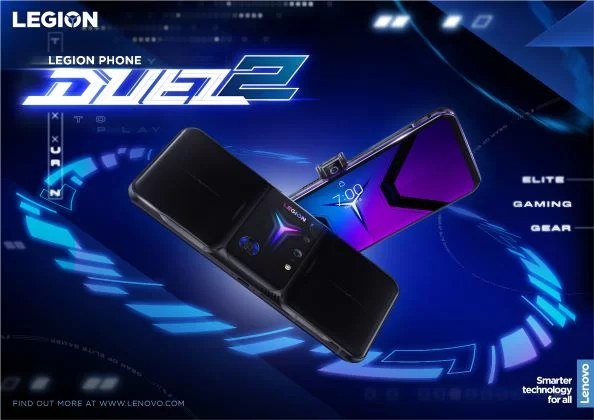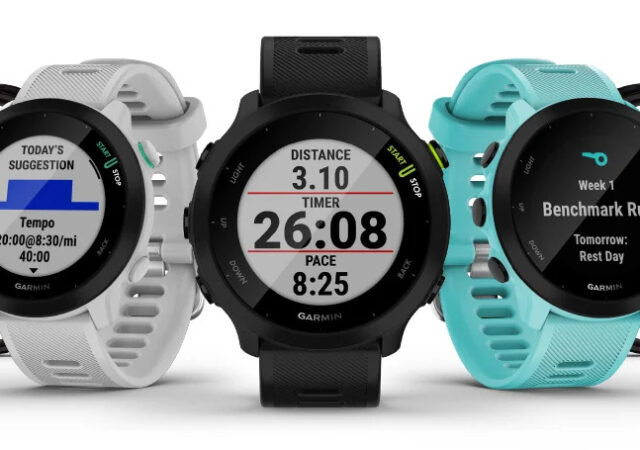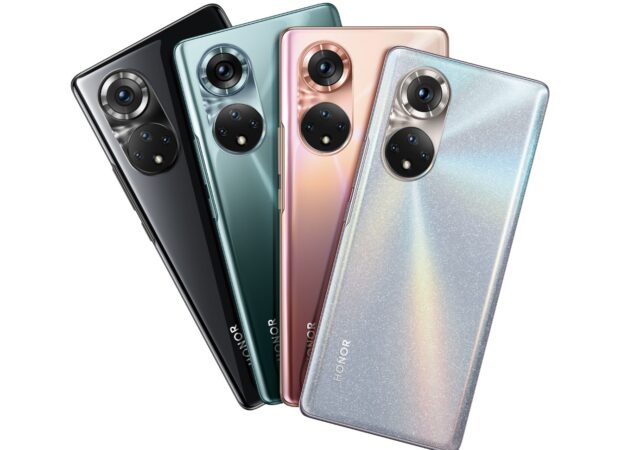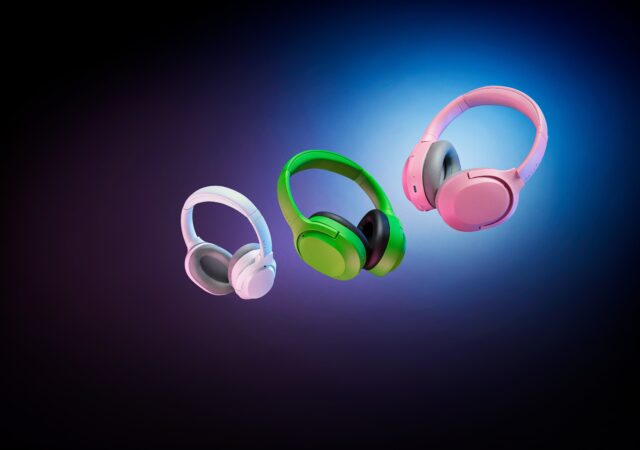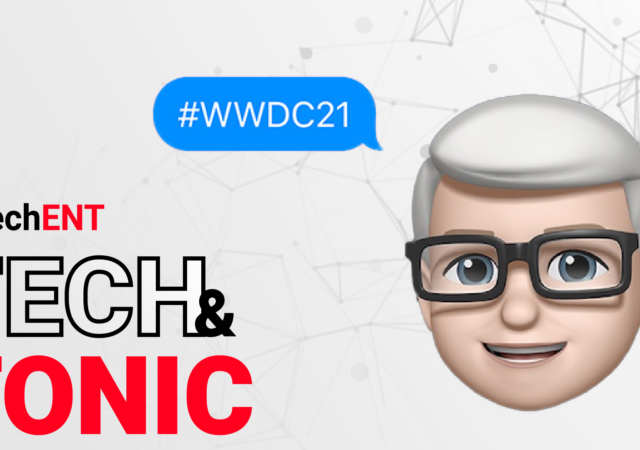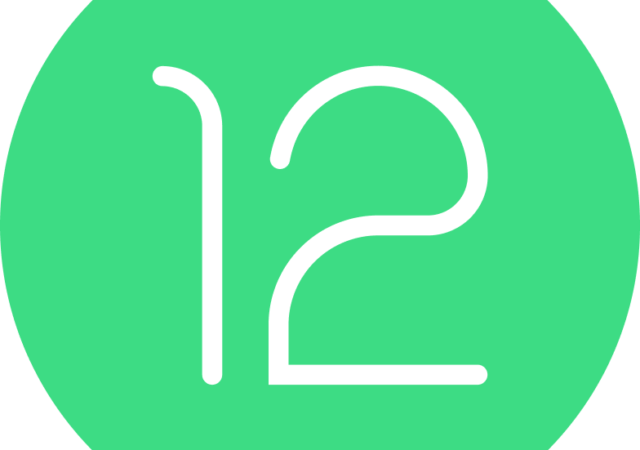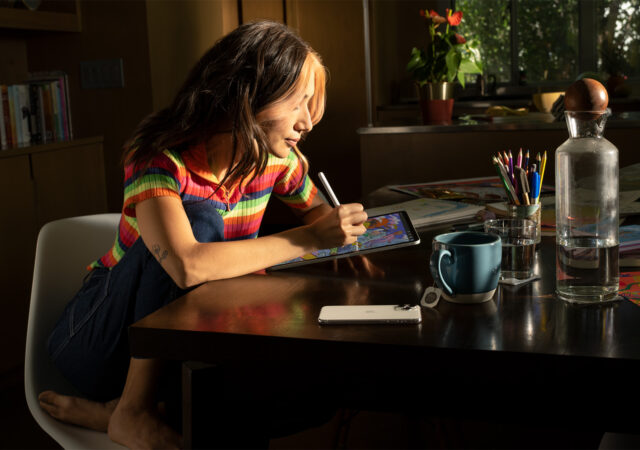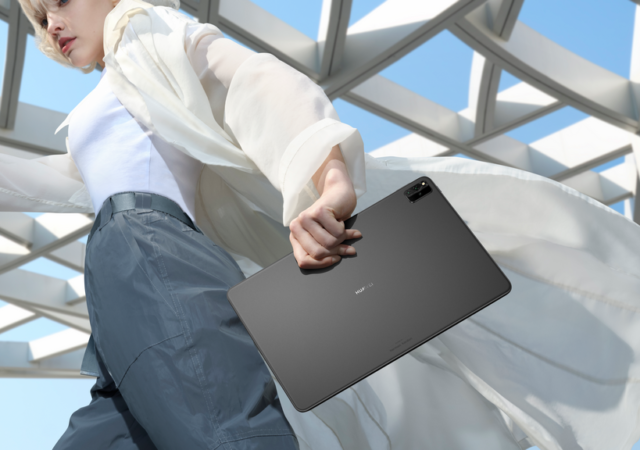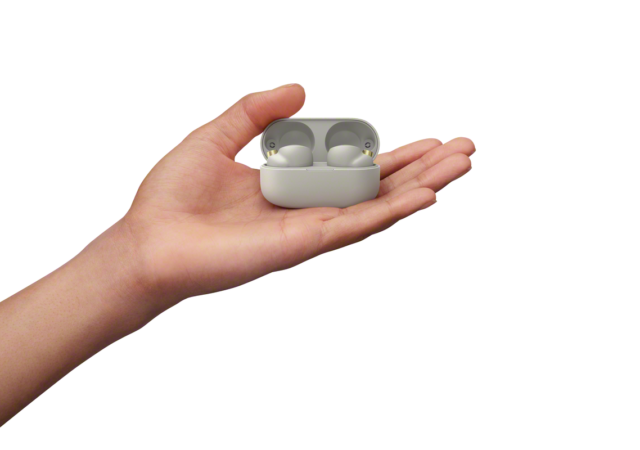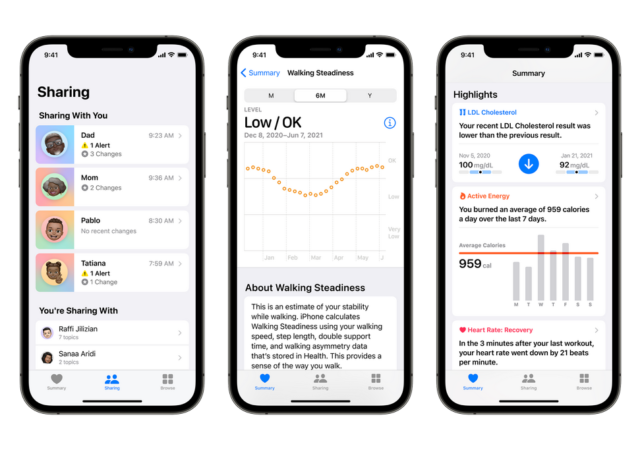Lenovo finally brings their ultimate gaming smartphone, the Legion Phone Duel 2, into Malaysia with prices starting at MYR 3,299.
Garmin Launches the Forerunner 55 in Malaysia for MYR 960
Garmin launches the Forerunner 55 in Malaysia. The new fitness tracker for runners with 5 ATM water resistance retails for MYR 960.
HONOR 50 Series Launches with Google Play in Tow
HONOR launches its first smartphone series, the HONOR 50 series, after breaking away from HUAWEI. The Android 11 device comes with Google Play and Qualcomm Snapdragon 778G 5G SoC.
Razer Launches the Opus X – The More Affordable and Colourful Opus
Razer released the Opus X Active gaming lifestyle headphones with Active Noise Cancelling and up to 30 hours of battery life for MYR 549.
Tech & Tonic S02E15 – Everything We Know From WWDC 2021!
This week we’re talking about the big announcements Apple made at WWDC21! Tune in to the Tech & Tonic Podcast to find out what our highlights are!
Android 12 Beta 2 is Out Now! What is New?
Android 12 is undoubtedly the most anticipated Android operating system (OS) to date. It is not too difficult to see why it gained its popularity. Despite all the excitement though, it will be a few months before we see Android…
[WWDC 2021] Apple Launches iPadOS 15 – Not Just an Enlarged iPhone Anymore
Apple releases the iPadOS 15 with many feature additions. The iPadOS 15 with all its might has really shown the maturity of the iPad.
Huawei Brings the New 12.6-inch MatePad Pro to Malaysia
Huawei brings their latest MatePad Pro to Malaysia. The new tablet will be running Huawei’s own Harmony OS.
Sony Launches the WF-1000XM4 Truly Wireless Noise Cancelling Headphones
Sony launches the new WF-1000XM4 with even more advanced noise cancelling technology and bony conduction technology.
[WWDC 2021] Apple Empowers Personalised Health With Improvements to Health App
Apple brings a slew of new features to its health app which empowers users with more granular control of their data.



